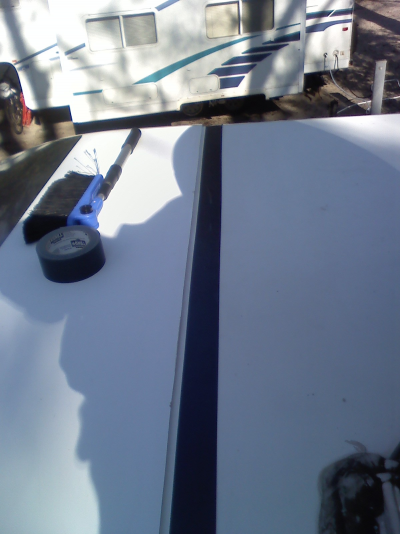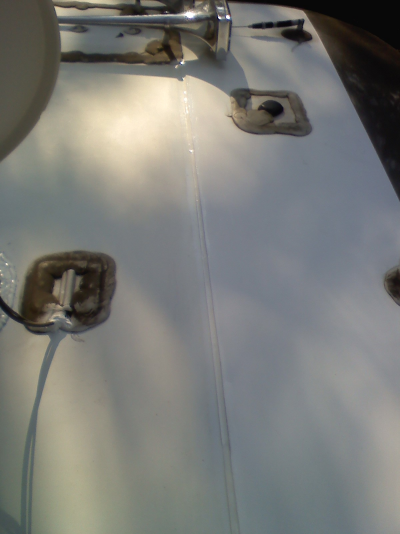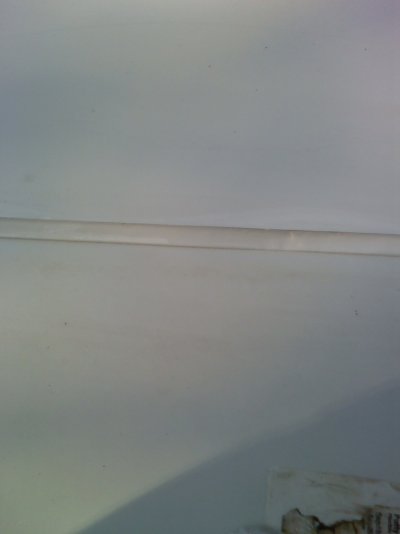Listen-up, guys. The singularly-best caulk/sealant/cement/glue on the planet for ANY type of RV ROOF or INTERIOR purposes is "PPL ROOF & FLASHING SEALANT". Get it at HOME DEPOT. You will need a standard CAULK GUN to apply it. It is BLACK in color when applied and cured. Nothing even comes close to its cementing, gluing, nor caulking/water-&-solvent-sealing properties. And, to boot, neither acetone, diesel fuel, gasoline, etc., will disolve this stuff.
But, it can take a couple WEEKS to fully cure. If applied over 1-inch thick, it will take at least a MONTH to fully cure througout its entire depth. If you need a FAST-curing caulk, cement, or sealant, than this is not for you. Also, this can be PAINTED with no problems. PPL ROOF & FLASHING SEALANT, when used as a CEMENT/GLUE will put any such cement on the planet to shame. But, again, purely as a CEMENT/GLUE, it takes much too long to CURE for such purposes. But, again, if TIME is NOT a problem, then always use this stuff, as a sealant, caulk, or cement/glue. Lastly, if using this on an RV ROOF, no matter how THICK the application requires, just DO it and don't worry about rain, etc., since said PPL stuff will keep out any water during its curing process.
But, it can take a couple WEEKS to fully cure. If applied over 1-inch thick, it will take at least a MONTH to fully cure througout its entire depth. If you need a FAST-curing caulk, cement, or sealant, than this is not for you. Also, this can be PAINTED with no problems. PPL ROOF & FLASHING SEALANT, when used as a CEMENT/GLUE will put any such cement on the planet to shame. But, again, purely as a CEMENT/GLUE, it takes much too long to CURE for such purposes. But, again, if TIME is NOT a problem, then always use this stuff, as a sealant, caulk, or cement/glue. Lastly, if using this on an RV ROOF, no matter how THICK the application requires, just DO it and don't worry about rain, etc., since said PPL stuff will keep out any water during its curing process.



